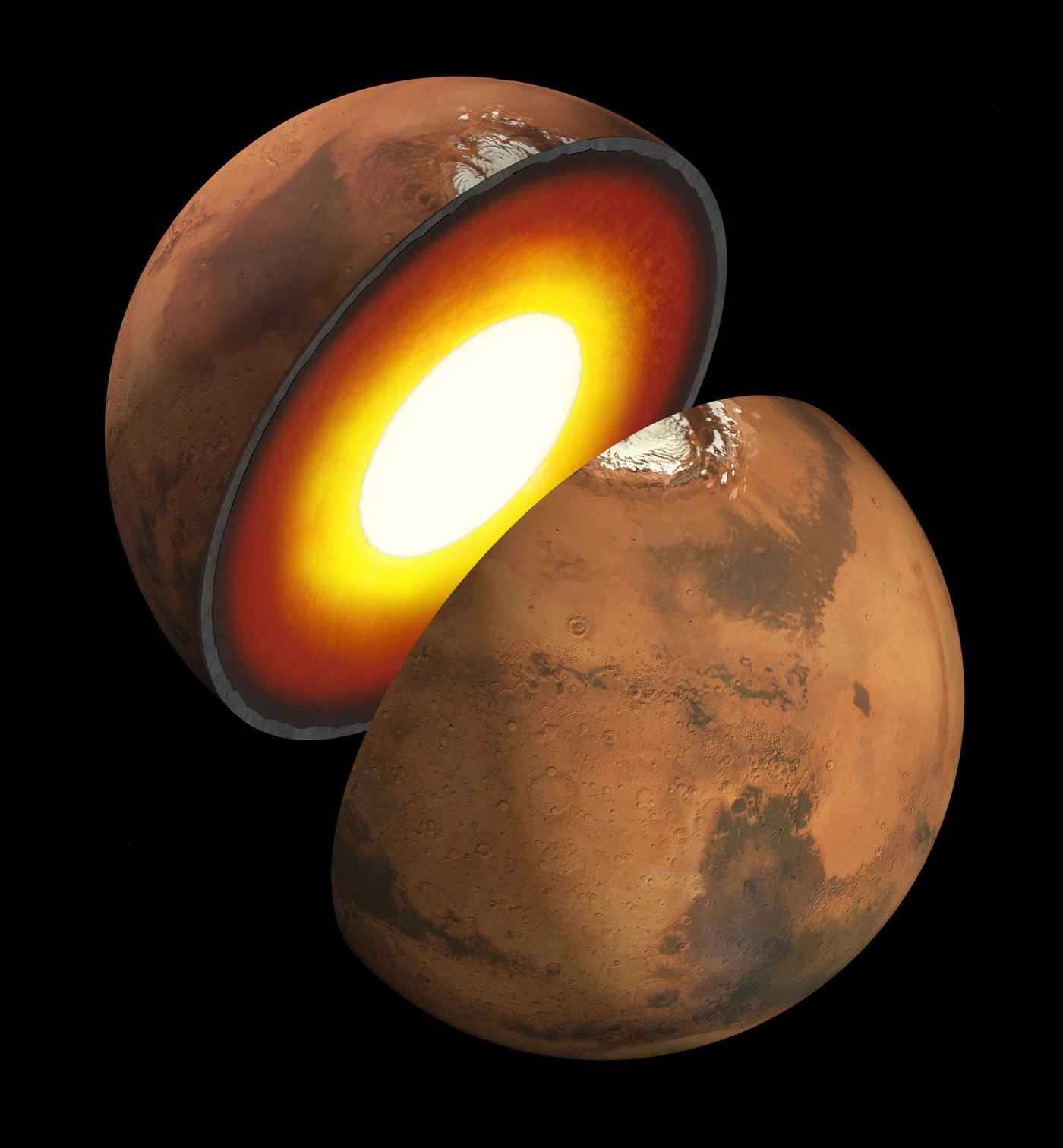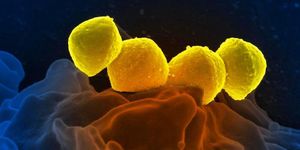Mars' Crust Diversification Revealed
In a recent study published in Geophysical Research Letters, a team of researchers led by the University of Iowa discussed how the crust of Mars is far more diversified than previously hypothesized. The findings indicate the crust of Mars possesses greater amounts of silicon, as opposed to the basaltic (volcanic) that scientists have observed covering the surface of the Red Planet. The discovery of silicon indicates that the original crust of Mars resembles the first crust on Earth. This study holds the potential to help scientists better understand the formation and evolution of planetary bodies within our solar system.
"There is more silica in the composition that makes the rocks not basalt, but what we call more evolved in composition," said Dr. Valerie Payré, who is an assistant professor in the Department of Earth and Environmental Sciences at the University of Iowa, and lead author of the study. "That tells us how the crust formed on Mars is definitely more complex than what we knew. So, it's more about understanding that process, and especially what it means for how Earth's crust first formed."
For the study, the researchers examined nine locations in the southern hemisphere of Mars deemed to be an extremely old region on the planet. They discovered these locations contained high concentrations of feldspar, indicating the lava flows here were more silicic and basaltic, as the latter is seen more prevalent on present day Mars.
"There have been rovers on the surface that have observed rocks that were more silicic than basaltic," said Dr. Payré. "So, there were ideas that the crust could be more silicic. But we never knew, and we still don't know, how the early crust was formed, or how old it is, so it's kind of a mystery still."
The study’s findings with Mars could offer clues into Earth’s original crust, as plate tectonics make examining our own original crust impossible.
"We don't know our planet's crust from the beginning; we don't even know when life first appeared," said Dr. Payré. "Many think the two could be related. So, understanding what the crust was like a long time ago could help us understand the whole evolution of our planet."
Sources: Geophysical Research Letters
As always, keep doing science & keep looking up!









